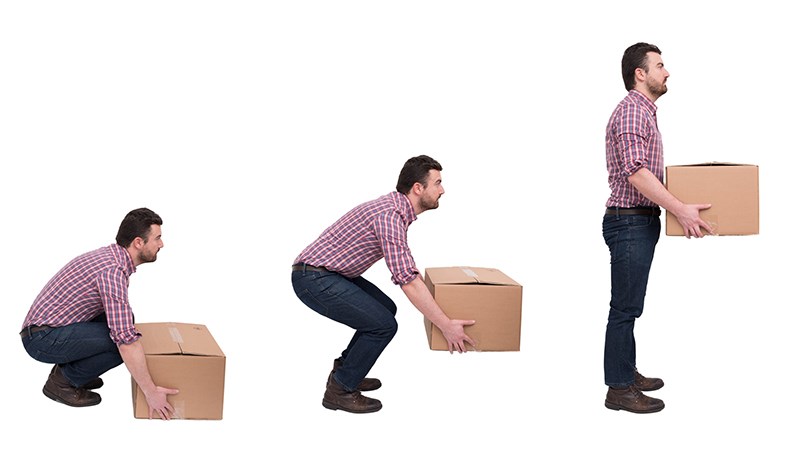It’s great to get up and get moving, in whatever capacity that fits your goals. But once you succeed in motivating yourself to move, the starting point for that movement and how you move through your workout matters just as much as the exercises that you are doing.
A stable spine and braced starting position are key to avoiding injury and providing your body with an advantageous position to effectively use your power and force production, as well as reducing the risk of injury.
Organizing and stabilizing your spine in a neutral position is key to creating an optimal base for most movements. There are three regions to the spine: cervical, thoracic and lumbar. The vertebrae within these regions act in a similar fashion to hinges, however, they aren’t meant to bend individually, but as a global arch.
If some vertebrae are out of alignment, your ability to stabilize your hips and shoulders becomes compromised. In an aligned position you can move force through your entire kinetic chain efficiently, and you’re in a better position to handle compression forces on the spine when under any load. Deviating from a neutral spinal position reduces stability and mobility, along with a reduction in the flow of potential force.
Bracing is an important step before engaging in movement, especially those under load. We often flow from one movement to another, and so midline stability allows for an easy and safe transition from one movement pattern to the next.
If you are at risk just generally for tweaks in the back if you aren’t braced properly, rotation and speed will only magnify positional errors, and any resulting injuries.
While the braced neutral spine is a safe and effective way to start loaded movements, it definitely has its place in the day-to-day. We often go into movements unprepared, and that’s where injury lurks.
We should really treat a light box the same as a loaded olympic bar. As an added bonus, if you intentionally include bracing in many of the movements or lifts you do, no matter where you are or the size of the lift, you’ll develop the muscle memory that will hopefully kick in when you go to do your big heavy lifts.
How to properly brace:
Start standing, with feet under the hips and parallel to one another. Create torque through the feet by trying to pull the floor apart. The feet aren’t actually turning or moving, rather you are exerting force outward. Set your pelvis in a neutral position by squeezing your butt.
When you’ve found the proper neutral position, you can slowly release the glutes. To keep this position, engage your abdominals at about 20 per cent. Take a big deep breath, and as you slowly exhale create a kind of cage around your core. This intra-abdominal pressure around your spine creates a more rigid lever.
As you continue to breathe, the air will flow in and out of the “cage” or tight space you have created. Pull your head back into neutral and externally rotate your shoulders into a neutral position, with hands falling at the sides, thumbs pointing forward. You should now be properly braced and ready to move, with ears over shoulders, rib cage over the pelvis, and your hips over your knees and ankles.
With thanks and gratitude, information from Dr. Kelly Starrett: Becoming a Supple Leopard.
Do what you can with what you have where you are, and always prioritize the positive.
Melissa Sloos is a certified group fitness instructor, spin instructor and co-owner at Coast Fitness in Powell River.



